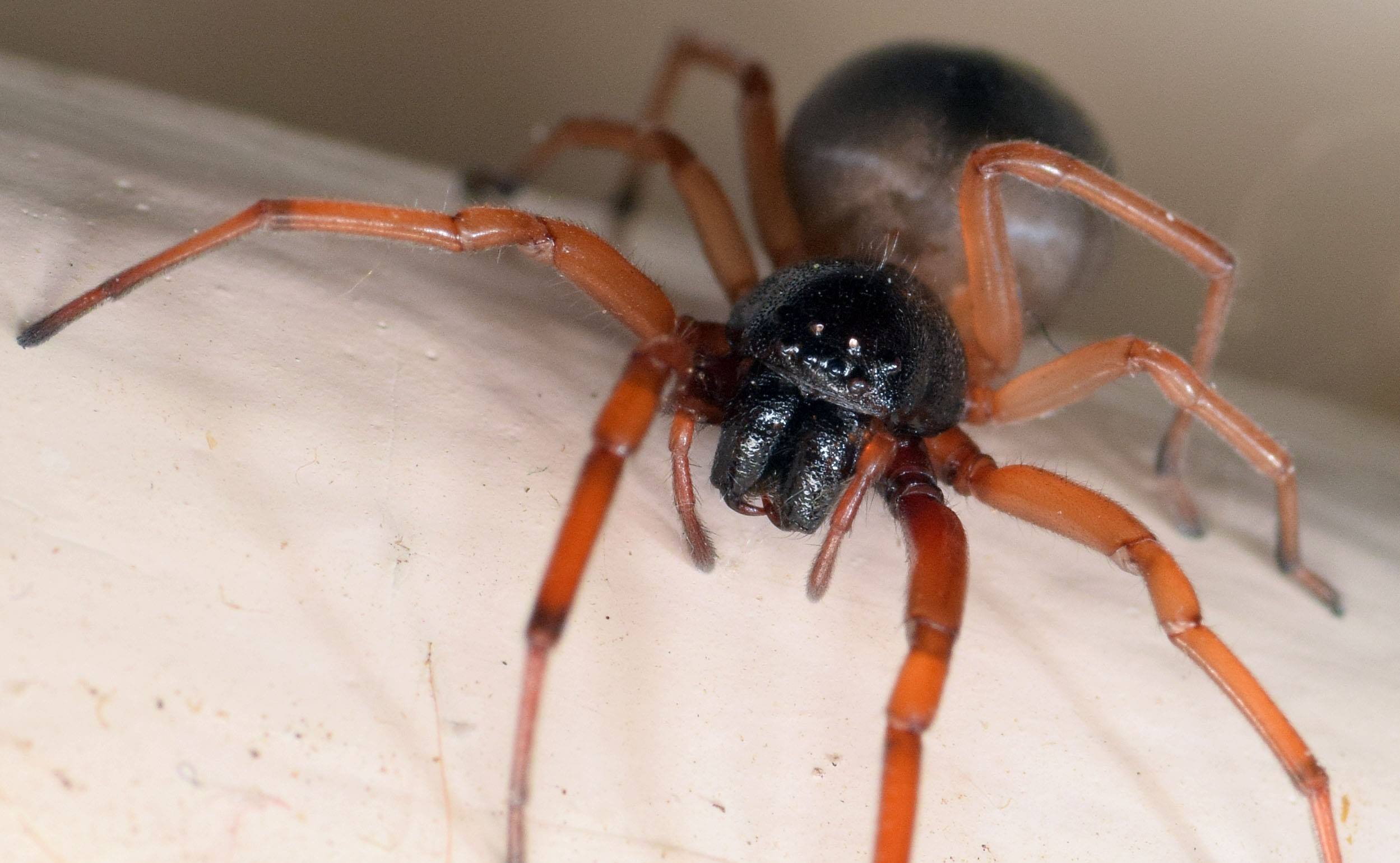
Broad-faced sac spiders, also known by their scientific name Trachelas, are a captivating species of spiders that can be found in various parts of the world. These spiders are known for their distinct physical features, including their broad head, elongated abdomens, and long legs. While they may not be as commonly talked about as other spider species, broad-faced sac spiders have an intriguing set of characteristics and behaviors that make them worthy of study and appreciation.
In this article, we will delve into the world of broad-faced sac spiders and unravel nine fascinating facts about them. From their unique hunting techniques to their impressive ability to adapt to different environments, these arachnids have plenty to offer in terms of scientific interest and natural wonder. So, join us as we explore the captivating and often misunderstood world of broad-faced sac spiders!
Key Takeaways:
- Broad-faced Sac Spiders have exceptional camouflage skills, making them hard to spot. They help control insect populations, contributing to a balanced ecosystem.
- These spiders are fast and agile hunters, playing a vital role in maintaining biodiversity. While their venomous bite is not dangerous to humans, it’s best to admire them from a safe distance.
Exceptional Camouflage Abilities
The Broad-faced Sac Spider, scientifically known as Cheiracanthium inclusum, possesses remarkable camouflage abilities. With a body color ranging from pale yellow to light brown, it can easily blend into its surroundings, making it difficult for predators to spot.
Venomous Bite
This species of spider has venomous fangs, which it uses to immobilize its prey. While its bite is not considered dangerous to humans, it can cause mild pain, redness, and swelling. However, it is always best to avoid direct contact with any spider species.
Web Construction
The Broad-faced Sac Spider does not spin intricate webs like other spider species. Instead, it creates small, irregular-shaped silken retreats, commonly found in corners or crevices. These retreats serve as a hiding place and a site for laying eggs.
Nocturnal Predators
These spiders are primarily nocturnal creatures, meaning they are most active during the night. They use their keen sense of touch and vibrations to detect prey such as insects and small arthropods.
Commonly Found in North America
The Broad-faced Sac Spider is native to North America and is commonly found in various regions, including the United States and Canada. Its adaptable nature allows it to thrive in a wide range of habitats, from forests to urban areas.
Fast and Agile Hunters
Despite their small size, Broad-faced Sac Spiders are known for their incredible speed and agility. They can quickly pounce on their prey and deliver a paralyzing bite, ensuring a successful catch.
Lifespan and Reproduction
The average lifespan of a Broad-faced Sac Spider is around one year. They reproduce through sexual reproduction and lay their eggs in silken sacs. The females guard the eggs until they hatch, ensuring the survival of the next generation.
A Native Pest Controller
These spiders play an essential role in controlling the population of various insect pests. By feeding on insects like flies, mosquitoes, and agricultural pests, they help maintain a balance in ecosystems and provide a natural form of pest control.
Important Contributors to Biodiversity
As part of the diverse world of arachnids, Broad-faced Sac Spiders contribute to the overall biodiversity of our planet. Their presence in ecosystems helps maintain the delicate balance of nature.
Conclusion
The Broad-faced Sac Spider is a fascinating creature with unique characteristics and behaviors. Its ability to flatten its body and blend into its surroundings, along with its agile hunting skills, make it a formidable predator in the insect world. Despite its venomous bite, it is relatively harmless to humans and plays an important role in controlling pest populations. With its widespread distribution and adaptability, the Broad-faced Sac Spider continues to thrive in various habitats around the world.
FAQs
1. Are Broad-faced Sac Spiders venomous?
Yes, Broad-faced Sac Spiders possess venom, but their bites are generally not harmful to humans. The venom is primarily used to subdue their prey.
2. Where can I find Broad-faced Sac Spiders?
Broad-faced Sac Spiders can be found worldwide, although they are more commonly found in North America. They inhabit a variety of habitats, including forests, grasslands, and even human dwellings.
3. How do Broad-faced Sac Spiders hunt?
These spiders are ambush predators, as they do not spin webs to catch their prey. They mostly wait patiently for insects to come within striking range, and then pounce on them with great speed and accuracy.
4. Are Broad-faced Sac Spiders dangerous to pets?
While their bites may cause discomfort and mild reactions in pets, they are generally not considered dangerous. It is always best to consult a veterinarian if you suspect your pet has been bitten by a Broad-faced Sac Spider.
5. What do Broad-faced Sac Spiders eat?
These spiders primarily feed on small insects such as flies, mosquitoes, and ants. They play an essential role in maintaining the balance of insect populations in their ecosystems.
Was this page helpful?
Our commitment to delivering trustworthy and engaging content is at the heart of what we do. Each fact on our site is contributed by real users like you, bringing a wealth of diverse insights and information. To ensure the highest standards of accuracy and reliability, our dedicated editors meticulously review each submission. This process guarantees that the facts we share are not only fascinating but also credible. Trust in our commitment to quality and authenticity as you explore and learn with us.
